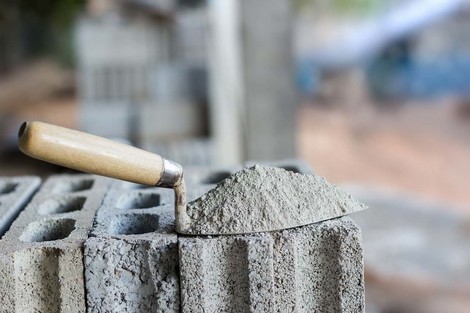Your podcast discovery platform
Curious minds select the most fascinating podcasts from around the world. Discover hand-piqd audio recommendations on your favorite topics.

piqer for: Climate and Environment Global finds
Andrea is a writer and researcher based out of Chicago. Andrea has a Bachelor's degree in environmental science from The Ohio State University and a Master's in Environmental Planning and Management at National Taiwan University, where she specialized in climate adaptation and urbanization. She writes for TaiwaneseAmerican.org, and sends out a biweekly newsletter which includes articles on politics, environment, identity, and intersections of race, class, and gender (http://eepurl.com/bPv-F5).
Will Cement Keep Us From Going Carbon Neutral?
There are myriad ways for us to move towards being a carbon neutral society, but the problem is almost all of them require large quantities of a quotidian building material: cement. From renewable energy grids to walkable streets to new LEED certified buildings, everything we need for an energy-efficient future requires cement, which carries an immense carbon footprint. How can we decrease our carbon emissions when everything we need to do so releases so much carbon via cement?
Cement is the glue that keeps concrete together, and it is needed for any major infrastructure project. Manufacturing it requires a great deal of energy to heat the materials in kilns, and not only this but the material itself gives off carbon as it is heated, meaning there are both direct and indirect emissions. But cement companies have very few incentives to develop the new technology needed for low-carbon alternatives, or better carbon capture methods. For companies, business is good. There are materials scientists and civil engineers working on to solve the problem, but more investment in research and development is needed to make the transition possible on a large scale. How the industry will react is yet to be determined, but the report cited in this article has:
conclusions [which] savagely lay bare the fallacy that, at our current state, we can solely use large scale infrastructure to develop ourselves out of the problem of anthropogenic global warming.
For us to realistically move towards carbon neutrality, we must change the cement with which we build. But that requires a hard look at cement demand, and changing a huge industry.
Stay up to date – with a newsletter from your channel on Climate and Environment.
